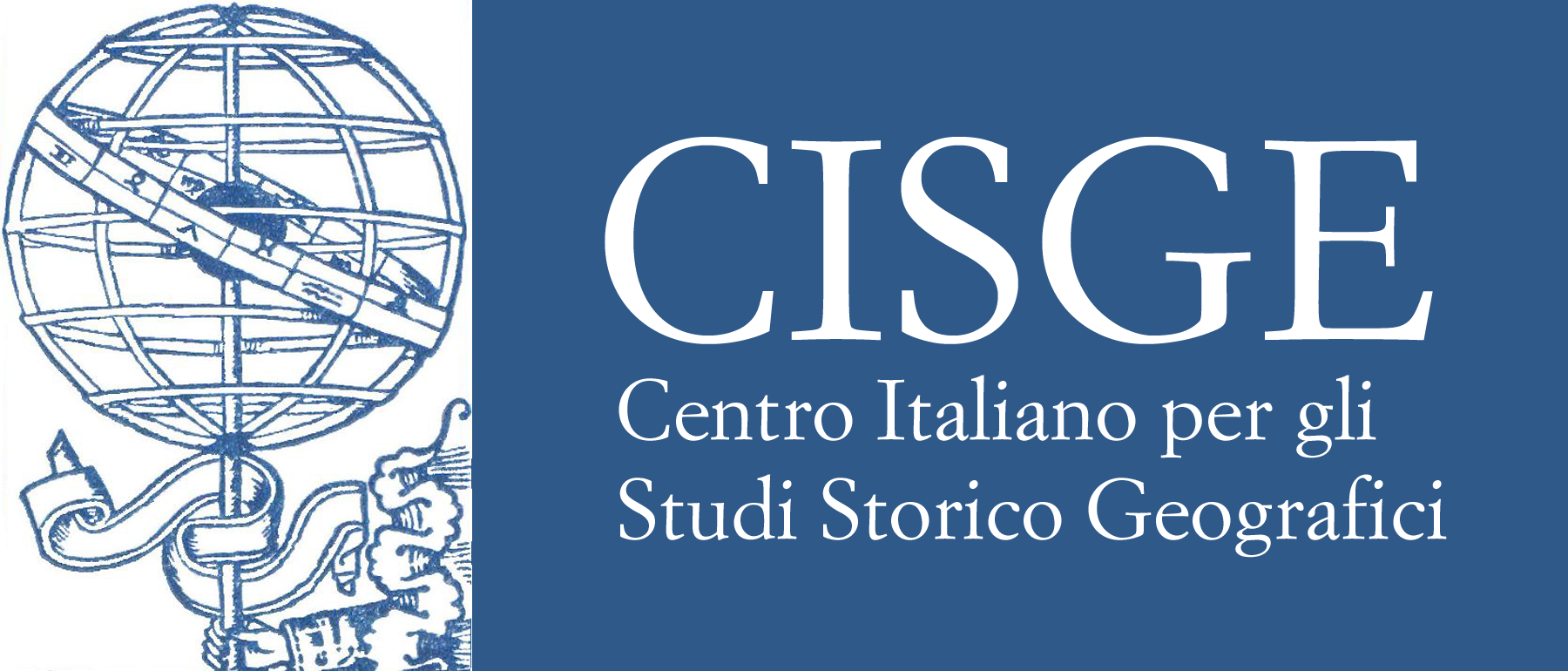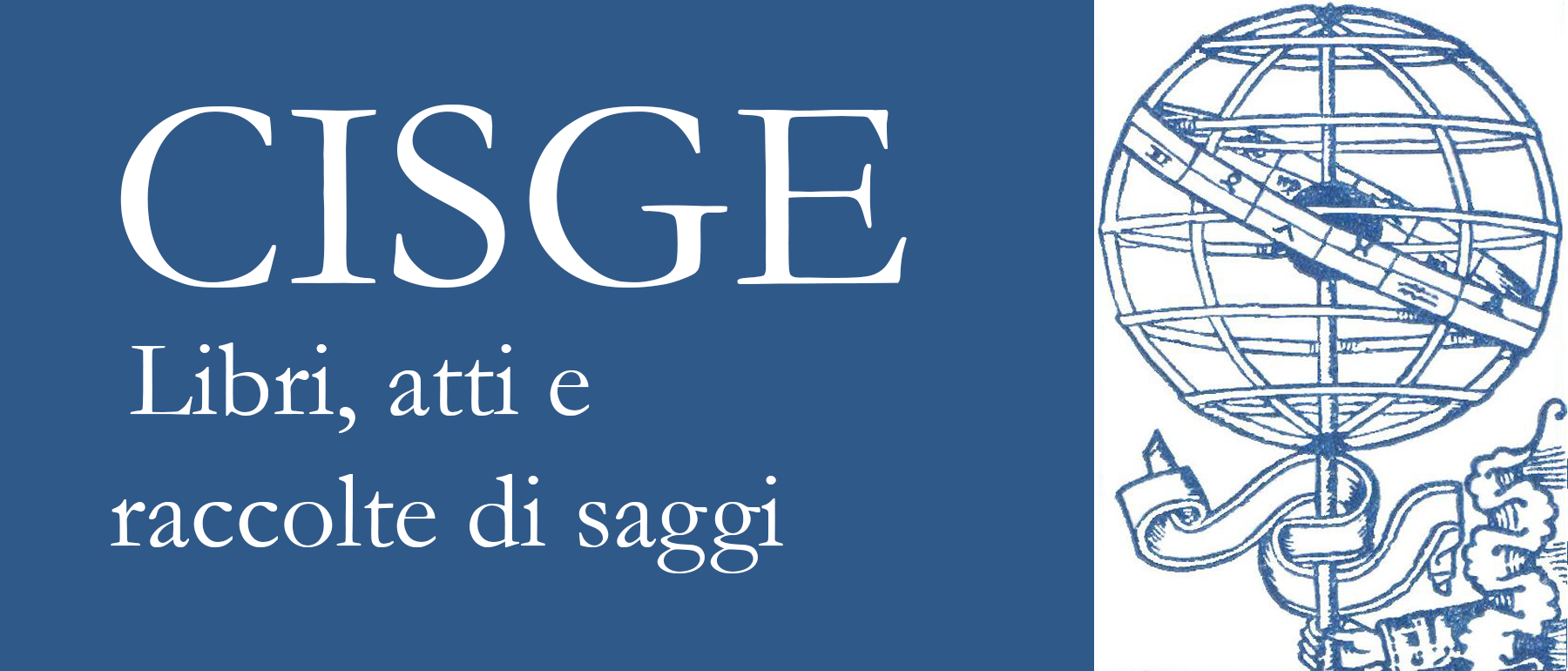Circolazione e persistenza dei saperi geografici in età moderna. La descrizione del Nilo nella letteratura scientifica e odeporica
Abstract
Attraverso la lettura di tre descrizioni del corso del Nilo in età moderna, si vuole mettere in luce la diffusione dei saperi geografici d’epoca classica negli ambienti culturali e scientifici europei e arabi. L’opera di Erodoto, com’è noto, era ben conosciuta sia sulla sponda settentrionale che su quella meridionale del Mediterraneo, ma l’analisi delle descrizioni del fiume compiute da Ibn Battuta, Filippo Pigafetta e Girolamo Borro evidenzia quanto il testo dello storico greco influisse anche nella struttura narrativa oltre ad essere un costante punto di riferimento. Le questioni sollevate e descritte dai tre narratori ricalcano quanto emerge nella descrizione del Nilo compiuta da Erodoto, sebbene si possa notare un netto discostamento quando ci si sofferma su considerazioni legate agli usi e costumi delle popolazioni incontrate.
Through the reading of three descriptions of the course of the Nile in the modern age, we want to highlight the diffusion of geographical knowledge of the classical era in the cultural and scientific European and Arab contexts. The work of Herodotus, of course, was well known both on the northern and on the southern shore of the Mediterranean, but the analysis of the descriptions of the river made by Ibn Battuta, Filippo Pigafetta and Girolamo Borro highlights how the text of the historical greek affected also the narrative structure as well as being a constant point of reference. The questions raised and described by the three narrators are modeled on what emerges in the description of the Nile made by Herodotus, although we can see a significant diverge when they focus on considerations relating to the uses and traditions of the people encountered.



